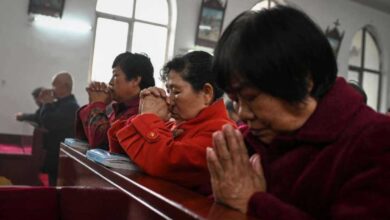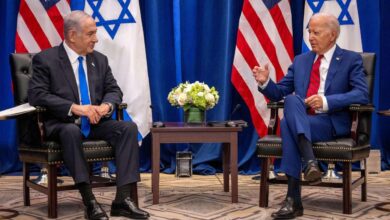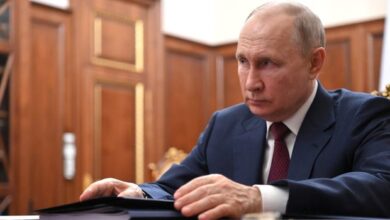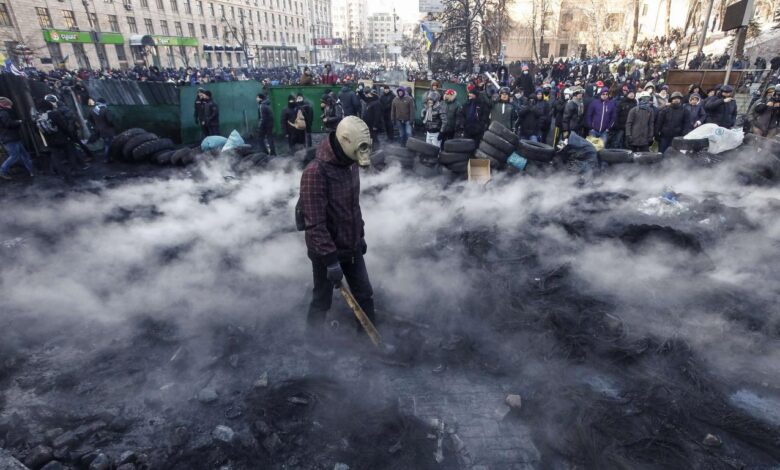
A Peace Conference Over Ukraine Is Unlikely To Silence The Guns
A peace conference over Ukraine is unlikely to silence the guns, a grim reality that casts a long shadow over any hope for immediate resolution. The conflict, a brutal clash of geopolitical interests and historical grievances, continues to rage, leaving a trail of destruction and suffering in its wake. This isn’t just about territorial disputes; it’s about the very future of a nation and the potential for wider regional instability.
We’ll delve into the complexities of the situation, exploring the obstacles to peace, alternative approaches, and the far-reaching consequences of continued conflict.
From the devastating humanitarian crisis impacting millions of innocent civilians to the escalating military actions and the deep-seated mistrust between involved parties, the path to peace seems fraught with seemingly insurmountable challenges. The sheer scale of the conflict, the powerful geopolitical players involved, and the lack of a clear path towards meaningful negotiations all contribute to the pessimism surrounding any potential peace conference.
We’ll analyze the positions of key international actors, examine the effectiveness of past diplomatic efforts, and consider potential strategies for de-escalation and conflict resolution.
The Current State of the Ukraine Conflict: A Peace Conference Over Ukraine Is Unlikely To Silence The Guns
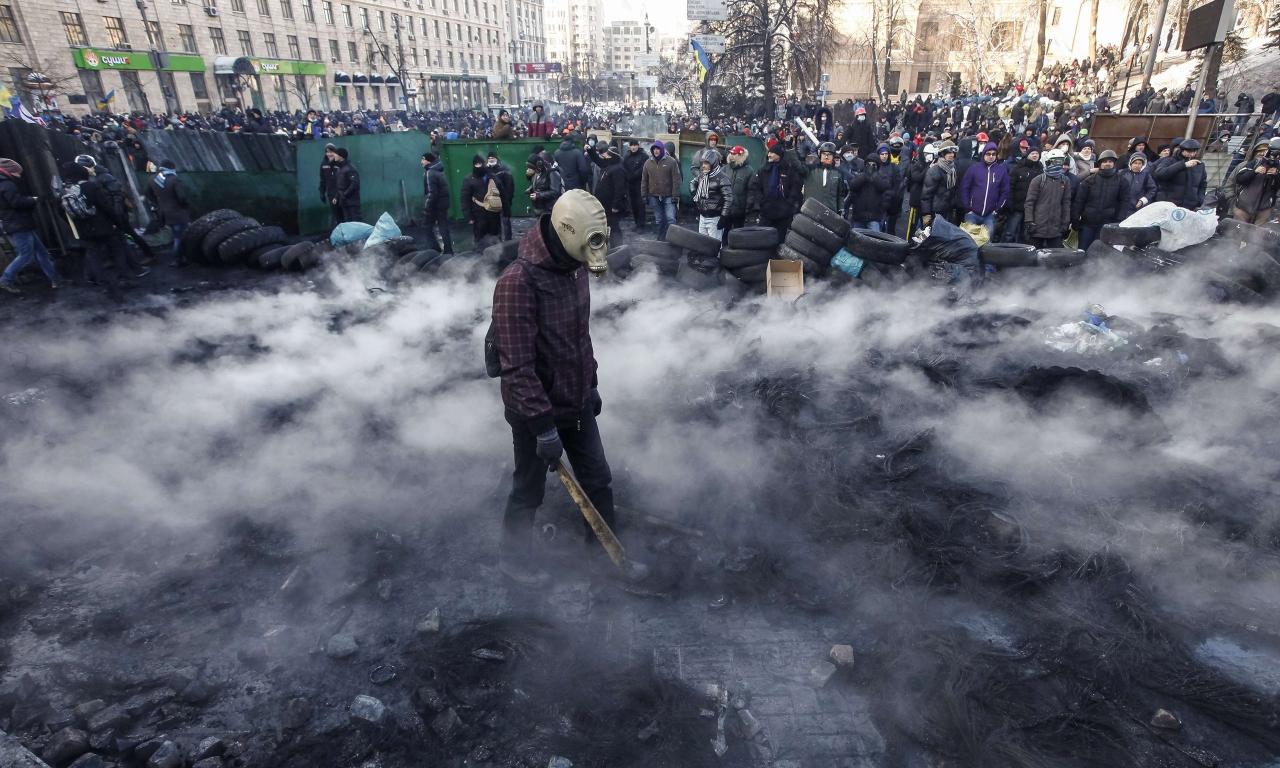
The ongoing conflict in Ukraine, initiated by Russia’s full-scale invasion in February 2022, remains a complex and dynamic situation with significant humanitarian and geopolitical implications. The conflict’s evolution has defied many initial predictions, leading to a protracted war with shifting frontlines and devastating consequences for the Ukrainian people.
Military Actions and Territorial Disputes
Fighting continues intensely across several fronts in eastern and southern Ukraine. Russia maintains control over Crimea, annexed in 2014, and significant portions of eastern and southern Ukraine, including areas in Luhansk, Donetsk, Zaporizhzhia, and Kherson oblasts. Ukraine is conducting counteroffensive operations in several areas, aiming to reclaim occupied territories. The conflict is characterized by intense artillery duels, infantry engagements, and the use of drones and missiles by both sides.
The intensity of fighting varies across the front lines, with some areas experiencing periods of relative calm interspersed with intense periods of offensive or defensive actions. The ongoing conflict involves a complex interplay of conventional warfare, asymmetric tactics, and information warfare.
The Humanitarian Crisis
The humanitarian crisis in Ukraine is severe and widespread. Millions of Ukrainians have been displaced internally or have fled the country as refugees, seeking safety in neighboring nations and beyond. Civilians continue to bear the brunt of the fighting, facing risks from shelling, missile strikes, and the destruction of civilian infrastructure, including hospitals, schools, and residential areas. Access to essential services like food, water, healthcare, and shelter remains severely limited in conflict zones and areas affected by displacement.
The long-term consequences of the humanitarian crisis, including trauma, economic hardship, and disruption of education and social services, are expected to be profound.
Geopolitical Interests
The Ukraine conflict involves a complex web of geopolitical interests. Russia’s stated goals include the “demilitarization” and “denazification” of Ukraine, along with preventing Ukraine’s closer integration with NATO. These stated aims are viewed with skepticism by many international actors who see Russia’s actions as an act of aggression and violation of Ukraine’s sovereignty. NATO and the European Union have provided significant military and financial support to Ukraine, aiming to deter further Russian aggression and uphold international law.
Other countries, including the United States, China, and many others, have varying degrees of involvement, reflecting their own geopolitical priorities and concerns. The conflict has further strained relations between Russia and the West, leading to significant geopolitical realignment and increased global uncertainty.
Military Capabilities Comparison, A peace conference over ukraine is unlikely to silence the guns
| Category | Ukraine | Russia | Other Involved Parties (NATO/EU Support) |
|---|---|---|---|
| Personnel | ~700,000 (including reserves and territorial defense) | ~1,000,000+ (active and reserve) | Significant indirect contribution through training and equipment |
| Tanks | Hundreds (with significant Western aid supplementing) | Thousands | Thousands (provided through aid) |
| Artillery | Significant numbers, growing through aid | Very large numbers | Significant contributions via aid |
| Air Force | Limited capabilities, supplemented by Western air defense systems | Substantial, but facing challenges | Indirect support through intelligence, training, and air defense systems |
The Role of International Actors
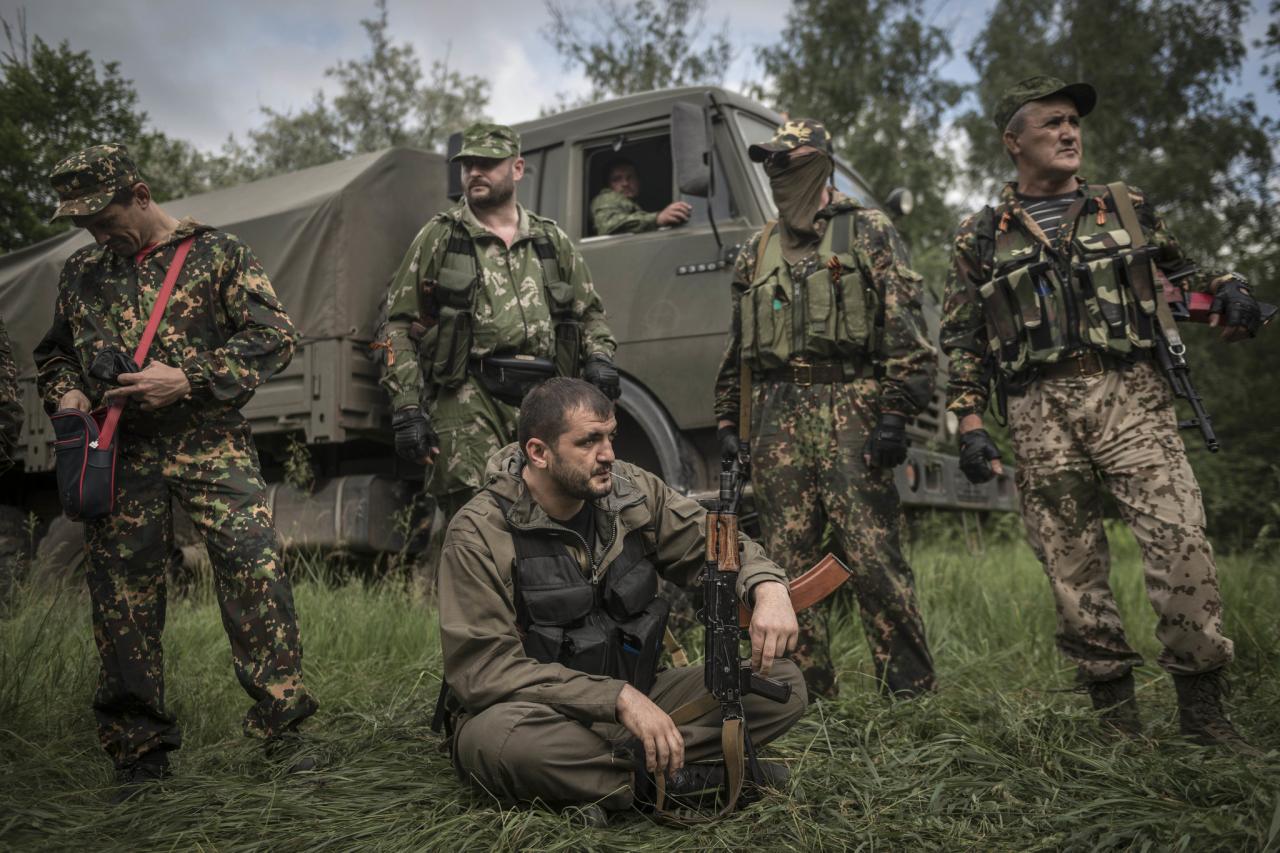
The Ukraine conflict has become a complex geopolitical chessboard, with numerous international actors playing vastly different roles, shaping the trajectory of the war and its devastating humanitarian consequences. Understanding their positions, actions, and the impact of their interventions is crucial to comprehending the current state of the conflict and its potential future. The interplay of sanctions, aid, and diplomatic efforts has been far from uniform, highlighting both the limitations and potential of international cooperation in resolving this crisis.The positions of key international players have been sharply divided.
NATO’s Response to the Conflict
NATO’s response has been largely focused on providing military and financial support to Ukraine, while simultaneously aiming to avoid direct military confrontation with Russia. This has involved supplying weapons, training Ukrainian troops, and imposing significant economic sanctions. The alliance’s commitment to collective defense, however, has been carefully calibrated to prevent escalation, a delicate balancing act given the risk of a wider conflict.
The decision to not establish a no-fly zone over Ukraine, for example, reflects this cautious approach, prioritizing the avoidance of direct conflict with Russia over the immediate protection of Ukrainian airspace. The long-term implications of this approach, including its effectiveness in deterring further Russian aggression and its impact on Ukrainian sovereignty, remain subjects of ongoing debate.
European Union’s Actions and Policies
The European Union has implemented comprehensive sanctions against Russia, targeting its financial sector, energy exports, and key individuals. These sanctions, while unprecedented in their scope, have faced challenges in terms of their effectiveness and the potential for unintended consequences. Furthermore, the EU has provided significant financial and humanitarian aid to Ukraine, supporting refugees and addressing the immediate needs of the Ukrainian population.
The EU’s response has also highlighted the divisions within the bloc, particularly concerning the level and nature of sanctions, as member states grapple with the economic and geopolitical implications of the conflict. The speed and scale of EU actions, however, represent a significant commitment to supporting Ukraine and countering Russian aggression.
Russia’s Justification and Actions
Russia’s actions in Ukraine are rooted in its stated security concerns and its claim to protect Russian-speaking populations. These justifications are widely contested by the international community, which has condemned the invasion as a violation of international law and Ukraine’s sovereignty. Russia’s military campaign has been accompanied by a sophisticated information warfare strategy aimed at undermining support for Ukraine and justifying its actions.
The economic sanctions imposed on Russia have led to significant economic hardship, impacting various sectors of the Russian economy. The response of the Russian government to these sanctions has involved a complex interplay of economic adjustments and attempts to mitigate their effects.
China’s Stance and its Influence
China has maintained a delicate balancing act, refusing to condemn the Russian invasion outright while simultaneously calling for peace negotiations and expressing concerns about the humanitarian crisis. This stance reflects China’s complex relationship with both Russia and the West, and its desire to avoid being drawn into a direct confrontation. China’s economic ties with Russia, including continued energy purchases, have been significant and have potentially undermined the effectiveness of Western sanctions.
China’s influence as a major global player, however, could be crucial in shaping the future trajectory of the conflict, either through mediating a peaceful resolution or through continuing to provide implicit support to Russia.
United States’ Support and Leadership
The United States has been a key player in coordinating the international response to the Ukraine conflict, providing significant military and financial aid to Ukraine and leading the effort to impose sanctions on Russia. The US has also played a critical role in mobilizing international support for Ukraine and in maintaining communication with key allies. The scale and scope of US support reflect its commitment to upholding the rules-based international order and deterring further Russian aggression.
The effectiveness of this support, however, depends on the ability of Ukraine to effectively utilize the aid received and on the willingness of other international actors to maintain a unified front against Russia. The US approach has emphasized both providing support to Ukraine and preventing direct military conflict between NATO and Russia.
Impact of Sanctions and Aid
The effectiveness of international sanctions and aid packages has been mixed. While sanctions have undoubtedly placed significant pressure on the Russian economy, they have also had unintended consequences, impacting global energy markets and contributing to inflation. Aid to Ukraine has been crucial in supporting its defense efforts and providing humanitarian assistance, but it has not been sufficient to fully address the scale of the humanitarian crisis.
The long-term impact of these measures will depend on several factors, including the duration of the conflict, the resilience of the Russian economy, and the continued commitment of international actors to provide support. A comprehensive assessment requires considering both the direct impact on Russia and Ukraine, as well as the broader geopolitical ramifications.
Potential for International Cooperation on the Humanitarian Crisis
Despite the geopolitical divisions, there remains significant potential for international cooperation in addressing the humanitarian crisis in Ukraine. Numerous international organizations and NGOs are working to provide aid and assistance to those affected by the conflict. The coordination of these efforts, however, requires a greater level of cooperation and coordination among international actors. The scale of the humanitarian needs, including food security, access to healthcare, and the displacement of millions of people, necessitates a sustained and coordinated international response.
Success will depend on overcoming political obstacles and ensuring the effective delivery of aid to those most in need.
Effectiveness of Diplomatic Efforts
Diplomatic efforts to resolve the conflict have so far yielded limited results. Several rounds of negotiations have taken place, but these have failed to produce a lasting ceasefire or a comprehensive peace agreement. The failure of diplomacy highlights the deep divisions between the warring parties and the challenges of achieving a negotiated settlement in the face of ongoing military conflict.
The effectiveness of future diplomatic efforts will depend on a number of factors, including the willingness of all parties to engage in good faith negotiations, the creation of a conducive environment for dialogue, and the development of a mutually acceptable framework for a peaceful resolution. The continued military conflict significantly hampers any meaningful diplomatic progress.
Ultimately, while a formal peace conference might seem a distant prospect given the current climate, it’s crucial to explore all avenues towards a peaceful resolution. The alternative – continued conflict – carries devastating consequences, not just for Ukraine but for the entire world. The economic fallout, the risk of further escalation, and the impact on global stability demand a concerted effort from the international community to find a way forward, even if that path is winding and uncertain.
Hope for peace shouldn’t be abandoned, even if the guns remain stubbornly silent.
Sadly, a peace conference over Ukraine is unlikely to silence the guns anytime soon; the world’s focus on such large-scale conflicts often overshadows other crises. For example, while we debate ceasefire negotiations, read this chilling report on how ethiopia is in the midst of a kidnapping epidemic , highlighting a different kind of devastating violence. It makes you wonder how many other conflicts are ignored while the world grapples with the headline news.
Ultimately, silencing the guns globally requires a much broader, more consistent approach.
The grim reality is a peace conference over Ukraine is unlikely to silence the guns anytime soon; the conflict’s complexities run far deeper than any immediate negotiation. To understand the enduring nature of conflict and the search for lasting peace, you should read Mohamed Mbougar Sarr, whose insightful work why you should read mohamed mbougar sarr offers profound perspectives on human nature and societal structures.
Ultimately, understanding these dynamics is crucial to comprehending why ending the fighting in Ukraine proves so challenging.
Honestly, I’m not holding my breath for a Ukrainian peace conference to magically end the fighting. The underlying geopolitical tensions run so deep, and the parallels to other global power struggles are striking; it’s worth considering the arguments made in this article about the erosion of freedoms, covid 19 emergency powers green new deal paving way for great reset tyranny climate journalist , which highlights how easily crises can be exploited.
Ultimately, a lasting peace in Ukraine will require far more than just a conference table.


